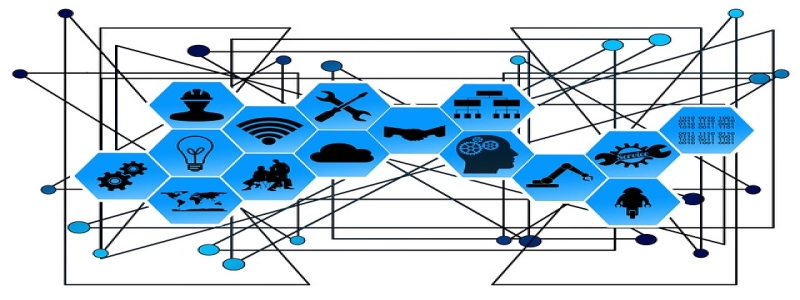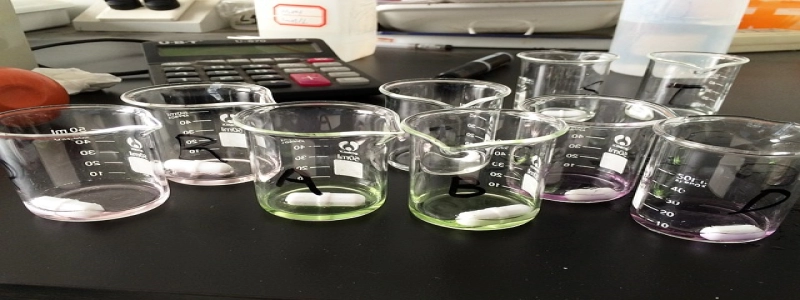Modbus TCP/IP Ethernet
I. Introduction
A. Definition of Modbus TCP/IP Ethernet
B. Advantages of Modbus TCP/IP Ethernet
C. Applications of Modbus TCP/IP Ethernet
II. How Modbus TCP/IP Ethernet Works
A. Transmission Control Protocol/Internet Protocol (TCP/IP)
B. Modbus Protocol
C. Ethernet Connection
D. Modbus TCP/IP Communication
III. Setting Up Modbus TCP/IP Ethernet
A. Hardware Requirements
B. Network Configuration
C. Device Configuration
D. Testing Communication
IV. Benefits of Modbus TCP/IP Ethernet
A. Scalability and Flexibility
B. Compatibility and Interoperability
C. High-Speed Communication
D. Efficient Data Transfer
V. Troubleshooting Modbus TCP/IP Ethernet
A. Common Issues and Solutions
B. Diagnostic Tools
VI. Conclusion
A. Summary of Modbus TCP/IP Ethernet
B. Future Developments and Trends
I. Introduction
Modbus TCP/IP Ethernet is a communication protocol commonly used in industrial automation systems. It enables devices to communicate over Ethernet networks using the Modbus protocol.
A. Definition of Modbus TCP/IP Ethernet
Modbus TCP/IP Ethernet combines the Modbus protocol, which allows master-slave communication, with the TCP/IP protocol suite used in computer networks. This combination provides a reliable and efficient communication method for exchanging data between devices.
B. Advantages of Modbus TCP/IP Ethernet
The main advantages of Modbus TCP/IP Ethernet include its easy implementation, wide support in various devices, and ability to transmit data over long distances. It also offers excellent scalability, making it suitable for small-scale setups as well as large industrial applications.
C. Applications of Modbus TCP/IP Ethernet
Modbus TCP/IP Ethernet is extensively used in industrial automation systems for monitoring and controlling devices such as programmable logic controllers (PLCs), human-machine interfaces (HMIs), and sensors. It is also employed in building automation, energy management, and other applications requiring remote data acquisition.
II. How Modbus TCP/IP Ethernet Works
A. Transmission Control Protocol/Internet Protocol (TCP/IP)
Modbus TCP/IP Ethernet uses the TCP/IP protocol suite, which defines the rules for transmitting data packets over IP networks. TCP provides reliable, error-checked, and ordered delivery of data packets, while IP handles addressing and routing.
B. Modbus Protocol
The Modbus protocol defines the format for packets exchanged between the master and slave devices. It supports various data types, such as digital inputs, analog inputs, holding registers, and coils. Modbus TCP/IP Ethernet utilizes the Modbus TCP variant, where Modbus messages are encapsulated within TCP packets.
C. Ethernet Connection
Modbus TCP/IP Ethernet relies on an Ethernet connection for communication. It can utilize both wired and wireless Ethernet networks, allowing devices to communicate locally or over long distances.
D. Modbus TCP/IP Communication
Communication in Modbus TCP/IP Ethernet occurs through the exchange of Modbus messages. The master device initiates communication by sending requests to the slave devices, and the slaves respond with the requested data. This communication can be bi-directional, allowing both reading and writing of data.
III. Setting Up Modbus TCP/IP Ethernet
A. Hardware Requirements
To set up Modbus TCP/IP Ethernet, you will need devices with Modbus TCP/IP capability, such as PLCs and HMIs. You will also require an Ethernet network infrastructure, including switches, routers, and cables.
B. Network Configuration
The Ethernet network needs to be configured properly to enable communication between devices. IP addresses, subnet masks, and default gateways must be assigned accordingly to ensure devices can reach each other.
C. Device Configuration
Each device must be configured with a unique IP address, allowing it to be identified on the network. The Modbus TCP/IP settings, such as the unit ID and port number, must also be set correctly for successful communication.
D. Testing Communication
Once the network and device configurations are complete, communication can be tested using Modbus TCP/IP diagnostic tools. These tools help verify the connectivity and data exchange between devices and identify any issues that may arise.
IV. Benefits of Modbus TCP/IP Ethernet
A. Scalability and Flexibility
Modbus TCP/IP Ethernet supports both point-to-point and multi-drop configurations. This flexibility allows easy expansion of the network by adding more devices, making it suitable for applications of any scale.
B. Compatibility and Interoperability
Modbus TCP/IP Ethernet is an open protocol widely supported by various manufacturers, ensuring compatibility and interoperability among devices from different vendors. This provides freedom of choice in selecting devices and simplifies system integration.
C. High-Speed Communication
By utilizing Ethernet networks, Modbus TCP/IP Ethernet offers fast communication speeds, enabling efficient data exchange even in large and complex systems. It can handle high volumes of data with minimal latency.
D. Efficient Data Transfer
Modbus TCP/IP Ethernet uses the TCP protocol for reliable and error-checked data transmission. It ensures data integrity and retransmits any lost packets, resulting in accurate and efficient data transfer.
V. Troubleshooting Modbus TCP/IP Ethernet
A. Common Issues and Solutions
Common issues encountered with Modbus TCP/IP Ethernet include communication errors, misconfigured network settings, and device-specific problems. Troubleshooting these issues may involve checking network connections, verifying IP addresses, and reviewing device configurations.
B. Diagnostic Tools
Various diagnostic tools are available to assist in troubleshooting Modbus TCP/IP Ethernet. These tools can monitor network traffic, capture Modbus messages, and analyze communication issues. They help identify the root cause of problems and aid in resolving them quickly.
VI. Conclusion
Modbus TCP/IP Ethernet is a reliable and widely adopted communication protocol in industrial automation and other applications. Its combination of Modbus and TCP/IP provides an efficient and scalable solution for exchanging data between devices. As technology advances, Modbus TCP/IP Ethernet is expected to continue evolving to meet the changing needs of the industry, ensuring reliable and secure communication in the future.







